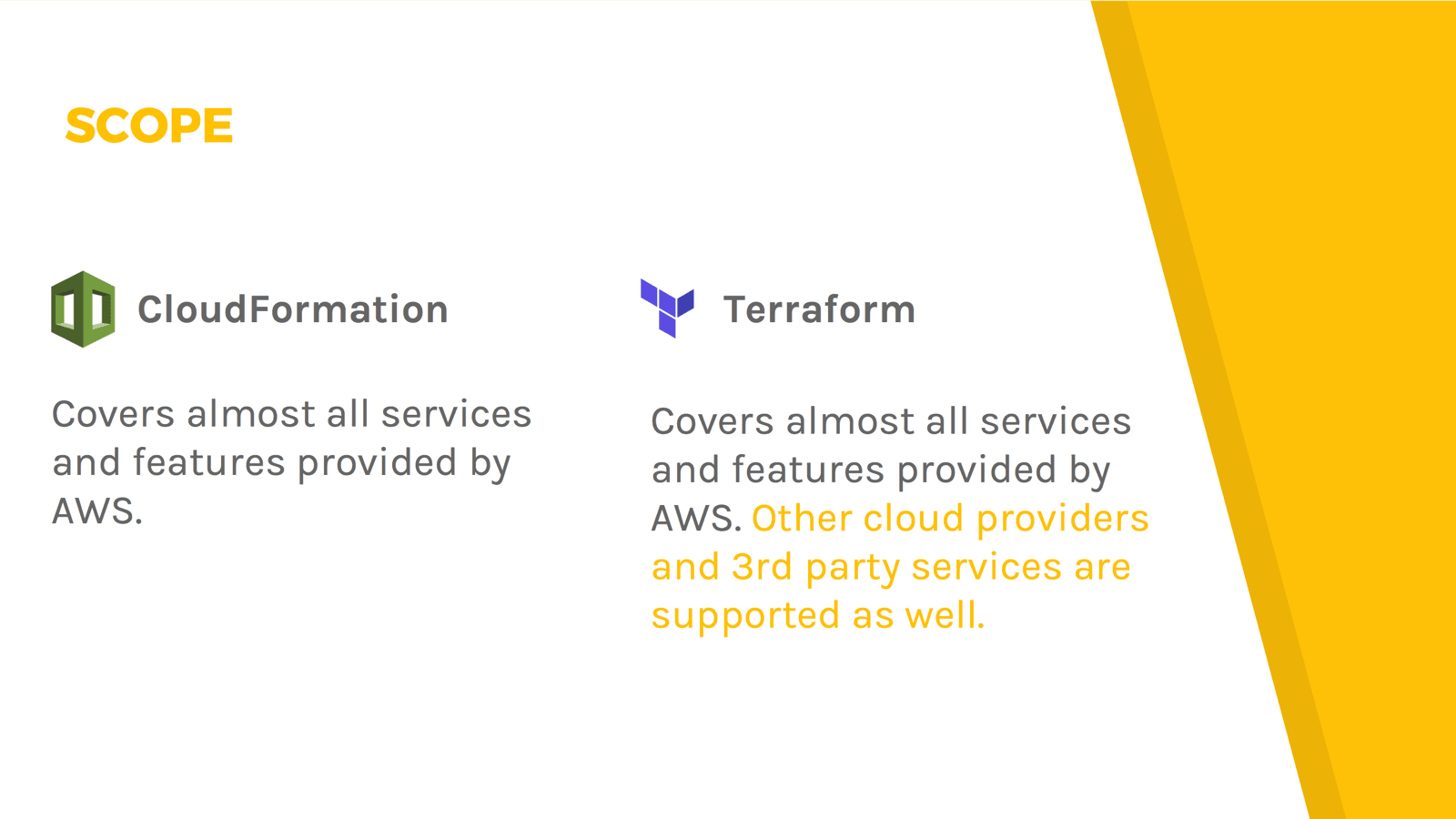
Welcome to cloudonaut
Your launchpad for Amazon Web Services (AWS)
By Andreas & Michael Wittig. Since 2015, we published 389 articles, 91 podcast episodes, and 99 videos.
Start readingWelcome to cloudonaut
Your launchpad for Amazon Web Services (AWS)
By Andreas & Michael Wittig.
Start reading
Are you missing an AWS resource in Terraform? Try awscc provider!
There is nothing more frustrating than running into gaps in resource coverage when working with Infrastructure as Code tools like Terraform or CloudFormation. Not being able to use the latest features to solve a challenge is demotivating. Recently, I di...
Read onRecent posts

Subscribe to stay up to date. Browse our archive of 389 posts.
Review: Amazon GuardDuty Malware Protection for S3
Imagine users uploading attachments directly to S3 to share them with other users. Or partners uploading data to your S3 bucket to trigger business processes that download directly from S3. What could go wrong? A file uploaded to S3 could be infected. M...
Read onDeploying Self-Hosted Runners for GitHub Enterprise Server on AWS: A Guide to Efficient CI/CD
GitHub Actions is a continuous integration and continuous deployment (CI/CD) platform provided by GitHub. It allows you to automate your software development workflows by building, testing, and deploying code directly from your GitHub repository. Many c...
Read onHow to write unit tests when using the AWS JavaScript SDK v3?
Writing unit tests for code that interacts with the AWS JavaScript SDK v3 comes with two major benefits. Obviously, writing unit tests ensures you catch bugs early and therefore increase the quality of your code. Also, writing unit tests enables you to ...
Read onTidying up after failed Terraform tests
Automated tests are making their way into Infrastructure as Code projects. Recently, I’ve implemented tests with Terraform’s test framework which was released in October 2023. However, I ran into the issue that Terraform could not remove all AWS resourc...
Read onHow to monetize an API on AWS?
Did you develop an API and want to sell access? Here is how I combined Amazon’s API Gateway (REST APIs) and FastSpring, a payment and subscription platform, to monetize our API for malware scanning. Luckily, you can apply the pattern to any REST API. T...
Read onCleaning up AMIs
Costs are like fingernails. You have to cut them constantly. When working with AWS, cleaning up unused resources is crucial. Otherwise, you will end up with a steadily growing AWS bill and waste money. Do you build AMIs automatically, for example, with ...
Read onUpdated CloudFormation vs Terraform in 2022
The most reliable way to automate creating, updating, and deleting your cloud resources is to describe the target state of your infrastructure and use a tool to apply it to the current state of your infrastructure (see Understanding Infrastructure as Co...
Read onUpdated Amazon ECR vs. Docker Hub vs. GitHub Container Registry
Have you worked with a Linux package manager like apt or yum before? A container registry is similar, but instead of packages, it distributes container images. A container registry is a crucial aspect of a containerized workflow and infrastructure. This...
Read onUpdated Managing application secrets: SSM Parameter Store vs. Secrets Manager
Many applications interact with external or internal systems like databases or REST APIs. When your application talks to another system, it usually authenticates with a secret, e.g., an API key, username + password, or a certificate. This leads to the q...
Read onRecent videos

Subscribe to stay up to date. Browse our archive of 99 videos.
[cloudonaut podcast] Vol. 92 - The Cloud Control API is catching up!
[cloudonaut podcast] Vol. 91 - Cloudflare R2 Same Same But Different
[cloudonaut podcast] Vol. 90
[cloudonaut podcast] Vol. 89
Recent podcast episodes

Subscribe to stay up to date. Browse our archive of 91 episodes.
#092 The Cloud Control API came a long way
Learn how to work around missing resources in Terraform by using the Cloud Control API and the awscc Terraform provider. Also, Michael shares what he learned from migrating a workload from Amazon Linux 2 to Amazon Linux 2023. Last but not least, Andreas...
Start listening#091 Cloudflare R2 Same Same But Different
Look behind the curtains of releasing two new products: bucketAV for Cloudflare R2 and attachmentAV Virus and Malware Scan API. Andreas and Michael discuss what they learned about Cloudflare, S3, and API Gateway. Besides that, the brothers rant about ne...
Start listeningMost popular blog posts
This is what our readers have enjoyed most in the last three months.
Review: AWS Fault Injection Simulator (FIS) – Chaos as a Service?
AWS allows us to run applications distributed across EC2 instances and availability zones. By adding load balancers or message queues to the architecture, we can achieve fault tolerance or high availability. But how can we test that our system can survi...
Read onCheap, Durable, Fast. How to choose an EBS volume type?
Elastic Block Storage (EBS) provides solid state drives (SSD) and hard disk drives (HDD) for EC2 instances. The virtual machine accesses the persistent storage via the network. In December 2020, AWS announced another volume type called General Purpose S...
Read onHow to Become an AWS Certified Solutions Architect
In 2012, I created my first AWS account. Back then, I worked as a software engineer and was looking for a way to deploy an online trading platform. Two years later, I attended re:Invent — the yearly conference organized by AWS — in Las Vegas for the fir...
Read on
Hej, Andreas & Michael here!
We launched the cloudonaut blog in 2015. Since then, we have published 389 articles, 91 podcast episodes, and 99 videos.
Besides sharing our learnings about all things AWS on cloudonaut, we're currently working on bucketAV, attachmentAV, HyperEnv, and marbot.
To support our work on cloudonaut, please subscribe to our newsletter, podcast, or YouTube channel and share our content with your friends and coworkers.













